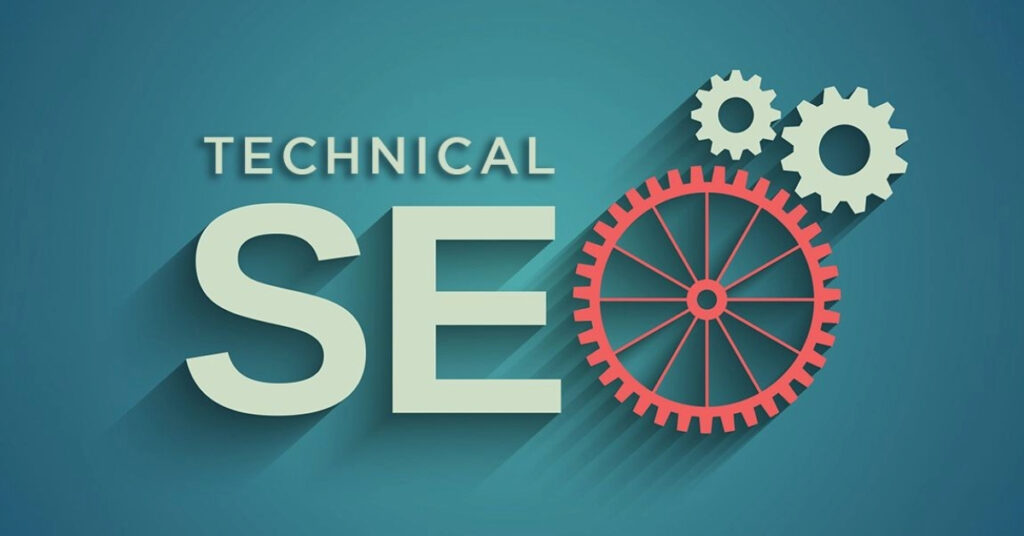Google’s algorithm updates can shake up search rankings overnight, leaving businesses scrambling to recover. While some updates refine search quality, others can completely change how websites are ranked. Instead of reacting to every shift, a proactive SEO strategy ensures long-term stability, visibility, and growth.
This guide walks you through battle-tested strategies to safeguard your website, helping you maintain organic traffic and revenue regardless of how Google evolves.
Why Google Algorithm Updates Matter
Google constantly updates its search algorithms to improve user experience and deliver better results. These updates can significantly impact website rankings, traffic, and ultimately, revenue. Some of the most notable updates include:
- Core Updates – Major algorithm changes that impact ranking factors like content quality, relevance, and user experience.
- Spam Updates – Designed to crack down on black-hat SEO techniques such as keyword stuffing, cloaking, and manipulative link-building.
- Helpful Content Updates – Targeting low-quality, AI-generated, or thin content that doesn’t provide real value to users.
- Page Experience Updates – Focusing on Core Web Vitals, mobile usability, HTTPS security, and intrusive interstitial penalties.
Each update refines how Google assesses relevance and authority. The challenge for website owners is to align their SEO strategy with long-term principles rather than short-term tactics.
Mastering Content Quality and Relevance
Google prioritizes content that demonstrates expertise, depth, and user-centric value. Over the years, its ranking factors have shifted towards E-E-A-T (Experience, Expertise, Authoritativeness, and Trustworthiness).
To future-proof your website, focus on the following content strategies:
Build Topical Authority
Instead of creating standalone articles, structure your content into clusters that establish authority in your niche.
- Develop pillar pages that cover broad topics in-depth.
- Create supporting articles that link back to the pillar page to enhance relevance.
- Ensure internal linking between related pages to improve crawlability.
Google’s algorithms increasingly reward websites that showcase comprehensive coverage of a subject rather than scattered, unrelated articles.
Enhance Content Depth and Usefulness
Google’s Helpful Content System aims to prioritize well-researched, detailed content over AI-generated fluff or regurgitated material.
- Include real-world examples, case studies, and industry insights.
- Use multimedia like infographics, videos, and interactive tools to increase engagement.
- Write for search intent by answering user questions in a clear, structured manner.
Refresh and Update Content Regularly
Outdated content loses relevance over time, affecting rankings. Implement a content update cycle where you:
- Refresh statistics, research, and case studies annually.
- Improve readability and structure for better engagement.
- Expand underperforming content with additional insights.
Google values fresh, accurate information, so maintaining your content ensures long-term rankings.
Strengthening Technical SEO for Long-Term Stability
Technical SEO ensures that your website is optimized for indexing, speed, and user experience. A solid foundation protects against penalties from future algorithm updates.
Optimize Core Web Vitals
Google’s Page Experience Updates emphasize three key performance metrics:
- Largest Contentful Paint (LCP): Measures how fast the largest visible element loads (should be under 2.5s).
- First Input Delay (FID): Evaluates interactivity—how quickly users can interact with a page.
- Cumulative Layout Shift (CLS): Tracks how stable elements are as a page loads.
Improving these metrics requires:
- Implementing lazy loading for images and videos.
- Using efficient caching and CDN (Content Delivery Network) to reduce load times.
- Optimizing JavaScript execution to improve interactivity.
Ensure Indexation Control & Crawl Efficiency
Google only ranks what it can crawl and index effectively. Optimize your site’s indexation by:
- Blocking low-value pages (thank-you pages, duplicate archives) using
robots.txtandnoindextags. - Using canonical tags to prevent duplicate content issues.
- Submitting an updated sitemap to Google Search Console for better crawl efficiency.
A well-structured site improves Google’s understanding of your content, reducing ranking volatility.
Implement Structured Data for Enhanced Visibility
Structured data helps Google understand the context of your content, increasing the chances of appearing in rich results and featured snippets.
- Use FAQ schema, How-To schema, and Review schema for better SERP features.
- Mark up organization and author details to reinforce trust signals.
- Optimize for Google’s Search Generative Experience (SGE) by structuring content clearly.
Schema markup future-proofs your SEO by aligning with Google’s evolving AI-driven search capabilities.
Building a Resilient Link Profile
Google’s updates continue to crack down on spammy link-building tactics, making it crucial to focus on natural, high-quality backlinks.
Prioritize High-Authority Backlinks
Backlinks remain one of the strongest ranking signals. To build a resilient link profile:
- Earn editorial backlinks from authoritative websites and industry leaders.
- Leverage digital PR campaigns by contributing expert insights to journalists.
- Use HARO (Help a Reporter Out) to get featured in high-quality publications.
Avoid toxic links from link farms, paid directories, or irrelevant sites, as these can lead to penalties in future updates.
Leverage Brand Mentions & Unlinked Citations
Google increasingly values brand mentions as an alternative to traditional backlinks. Monitor your brand’s presence and request links where relevant.
- Use Google Alerts to track unlinked brand mentions.
- Reach out to publishers and ask for a backlink when your brand is cited.
- Focus on earning mentions in high-authority industry sites.
A diverse, natural link profile protects against link devaluation in algorithm updates.
Enhancing User Experience and Engagement Signals
Google’s ranking systems now incorporate behavioral signals such as dwell time, bounce rate, and user engagement.
Optimize for Search Intent and Readability
Users expect immediate answers, so structuring content properly improves engagement:
- Use short paragraphs, bullet points, and subheadings for easy scanning.
- Implement a clear call-to-action (CTA) to keep users engaged.
- Answer questions directly within the first 100 words to capture attention.
Reduce Bounce Rate & Improve Dwell Time
Google favors websites that keep users engaged. Strategies to improve dwell time include:
- Embedding videos and interactive elements to increase on-page time.
- Encouraging deeper engagement with suggested content links.
- Improving site navigation to ensure users find relevant content quickly.
Websites that prioritize user experience remain stable through algorithm changes.
Preparing for AI-Driven Search and Emerging SEO Trends
Google’s AI-driven search models, including SGE (Search Generative Experience), are reshaping SEO strategies.
- Optimize for long-tail, conversational queries as voice search grows.
- Create content designed for multi-step problem solving, which AI favors.
- Ensure mobile-first indexing compliance, as mobile search dominates rankings.
Keeping up with AI and NLP advancements helps sustain rankings in future search environments.
Final Thoughts: Future-Proofing for Long-Term SEO Success
Google’s algorithms will continue to evolve, but the core principles of SEO remain the same:
- Deliver high-value, expert-driven content.
- Maintain strong technical SEO and user experience.
- Earn authoritative backlinks and brand mentions.
- Stay agile by monitoring search trends and adapting accordingly.
SEO is no longer about chasing rankings—it’s about building a site that naturally deserves to rank. The businesses that focus on long-term, strategic SEO will thrive, no matter how Google’s algorithms change


